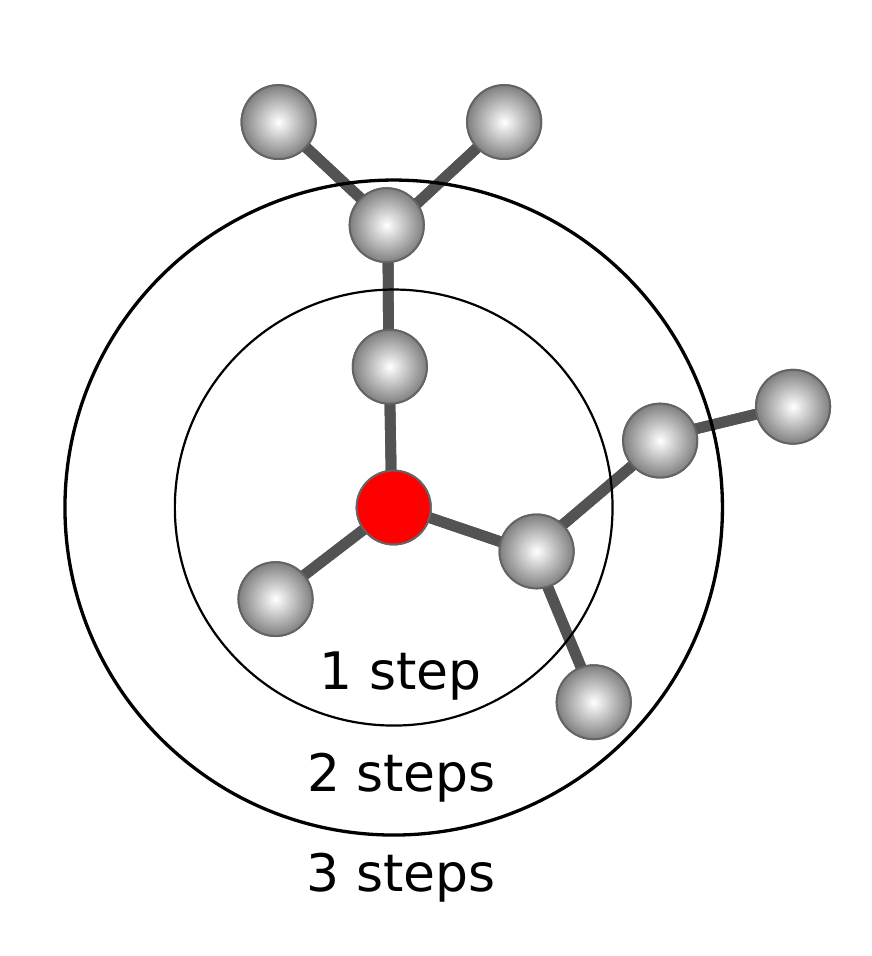CS-E5745 - Mathematical Methods for Network Science D, Lecture, 13.1.2022-17.2.2022
This course space end date is set to 17.02.2022 Search Courses: CS-E5745
Topic outline
-
In this course, we will go through some of the more mathematical topics in Network Science. The aim is to develop skills in doing pen-and-paper calculations and understanding the analytical methods that are most common in network science.

Lectures and exercise sessions will be online in 2022! Please, also have a look at practicalities.
- Instructor: Mikko Kivelä, mikko.kivela@aalto.fi
- TA: Abbas K. Rizi, abbas.karimirizi@aalto.fi
Learning goals
- Knowledge of the most common mathematical methods in network science
- Improved skills for doing pen and paper calculations especially related to methods commonly used in network science
- Increased ability to justify the use of particular analytical techniques
- Increased confidence when reading more mathematical networks articles
Lecture topics- Basic models and the typical approaches in network science
- Probability generating functions, Galton-Watson process, percolation threshold
- Component size distributions (using PGF's)
- Network evolution models and processes on networks
- Exponential random graphs, block models
- Intro to the project
Pre-requirementsThe students are expected to have completed the Complex Networks course (CS-E5740 - Complex Networks) and basic mathematics courses at Aalto or have at least equivalent background knowledge. Courses on stochastic processes or discrete mathematics can be useful, but we do not expect the students to have taken any. The math that we need in this course can be found in the toolbox of calculus, probability theory, linear algebra, and graph theory.
Learning methods- Learn by doing exercises!
Lots of hints and guidance: exercise seems very long. If you get stuck, ask for help.
- Lectures support exercises, not vice versa.
Exercises are published before lectures; start working on them immediately
- Project: make sense of a relatively recent research paper
Reading material
WorkloadThe course does not have an exam, but passing and grading are based on returning 5 sets of homework assignments and the "final project" and participating in 5 homework sessions. There are also 6 lectures and a voluntary contact class every week where students can ask for advice on solving the problems. To get grade 1, the students are expected to complete at least half of the exercises successfully.
GradingThe students are given a grade between 0-5 based on the returned homework problems and the project. For the homework problems to be graded, the students must participate in the homework sessions and mark each problem they want to return as done. If the problem is marked as done, the student is expected to be able to present it on the whiteboard.
